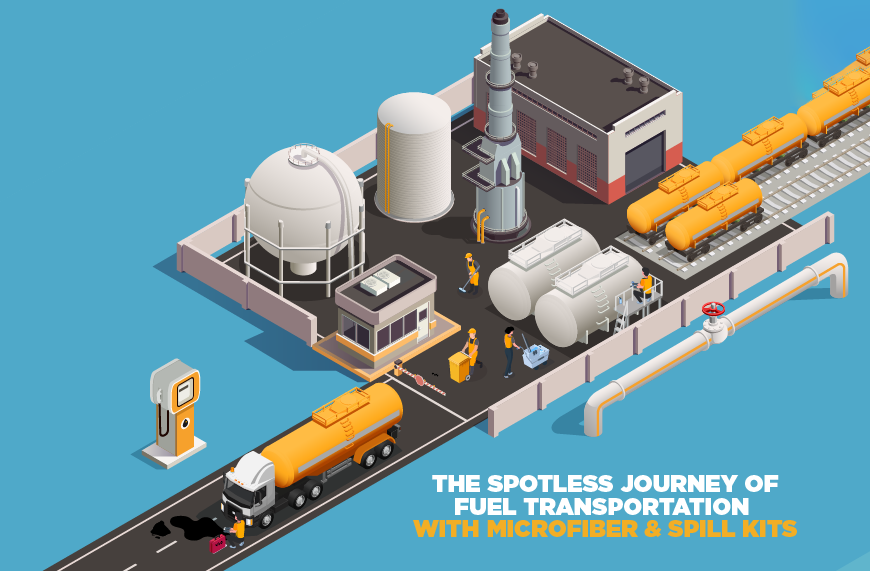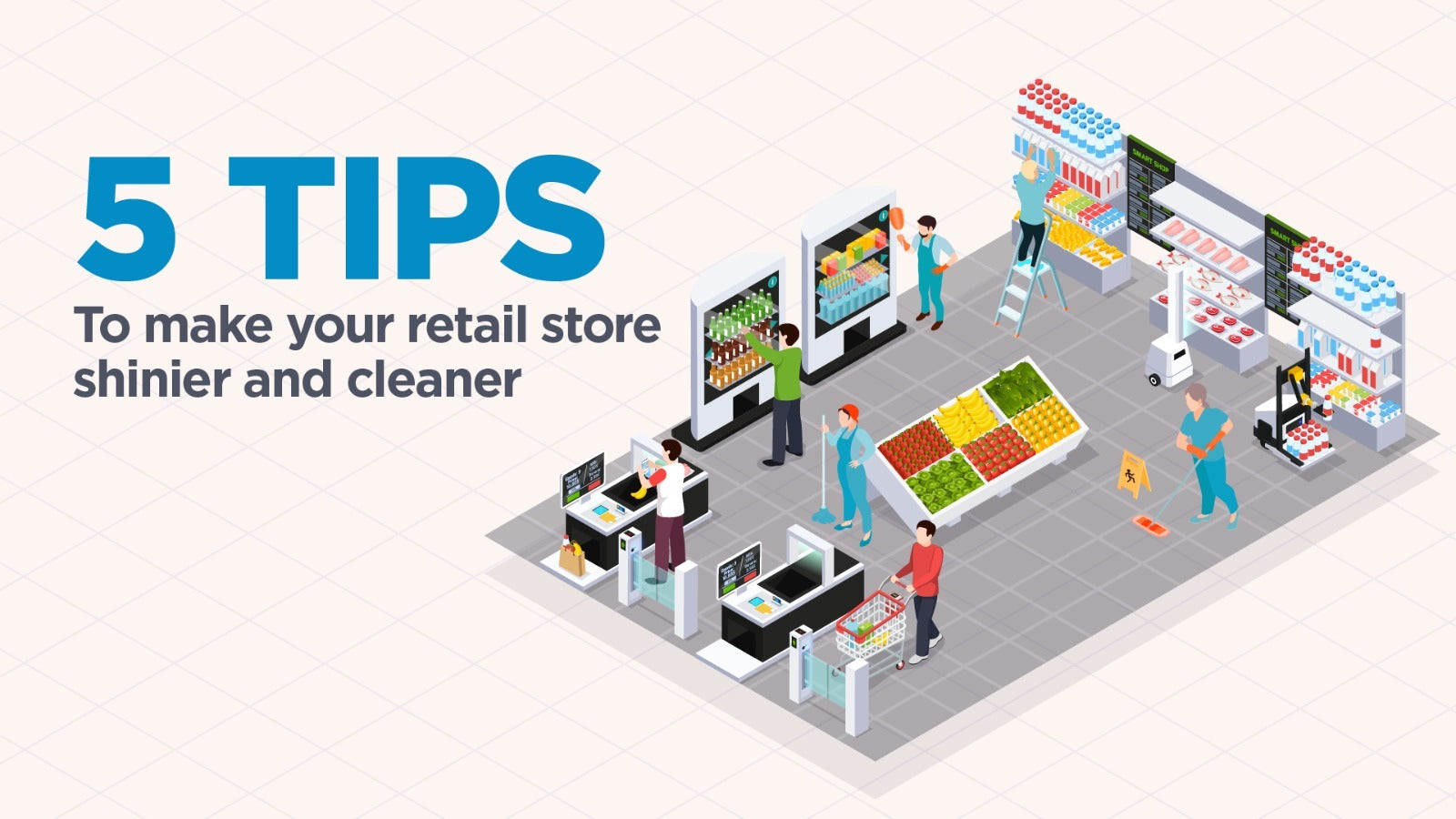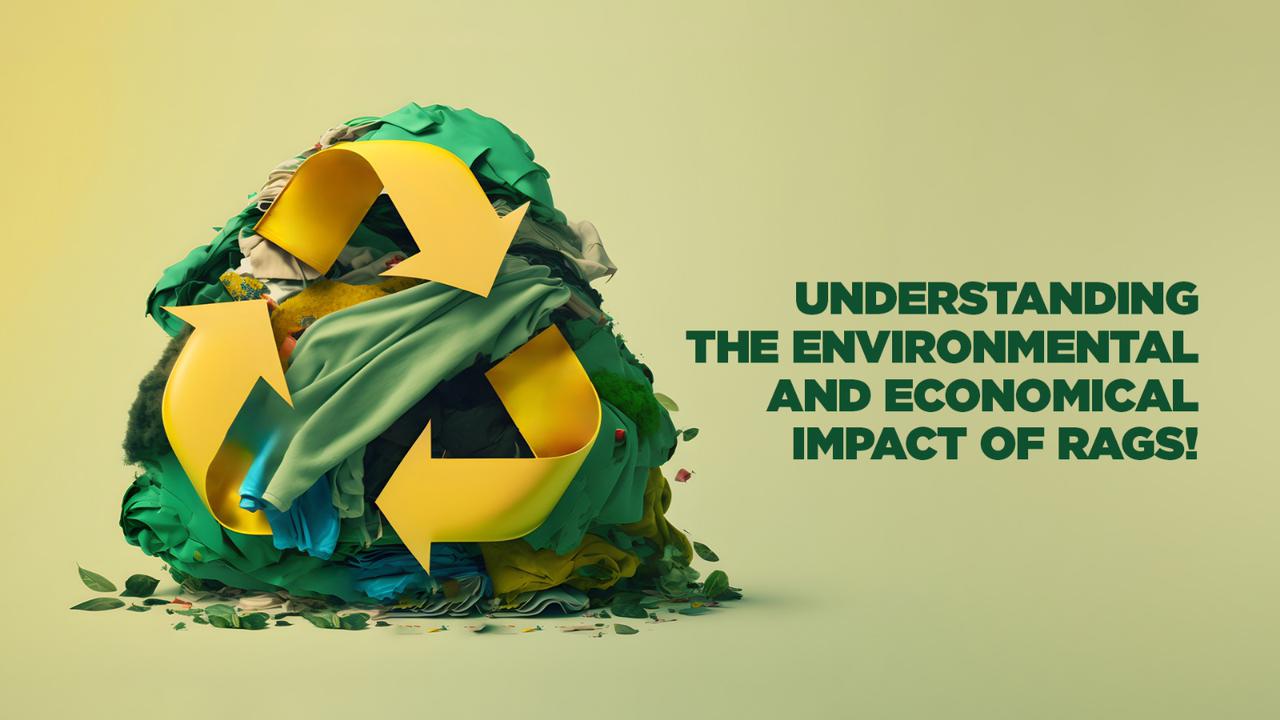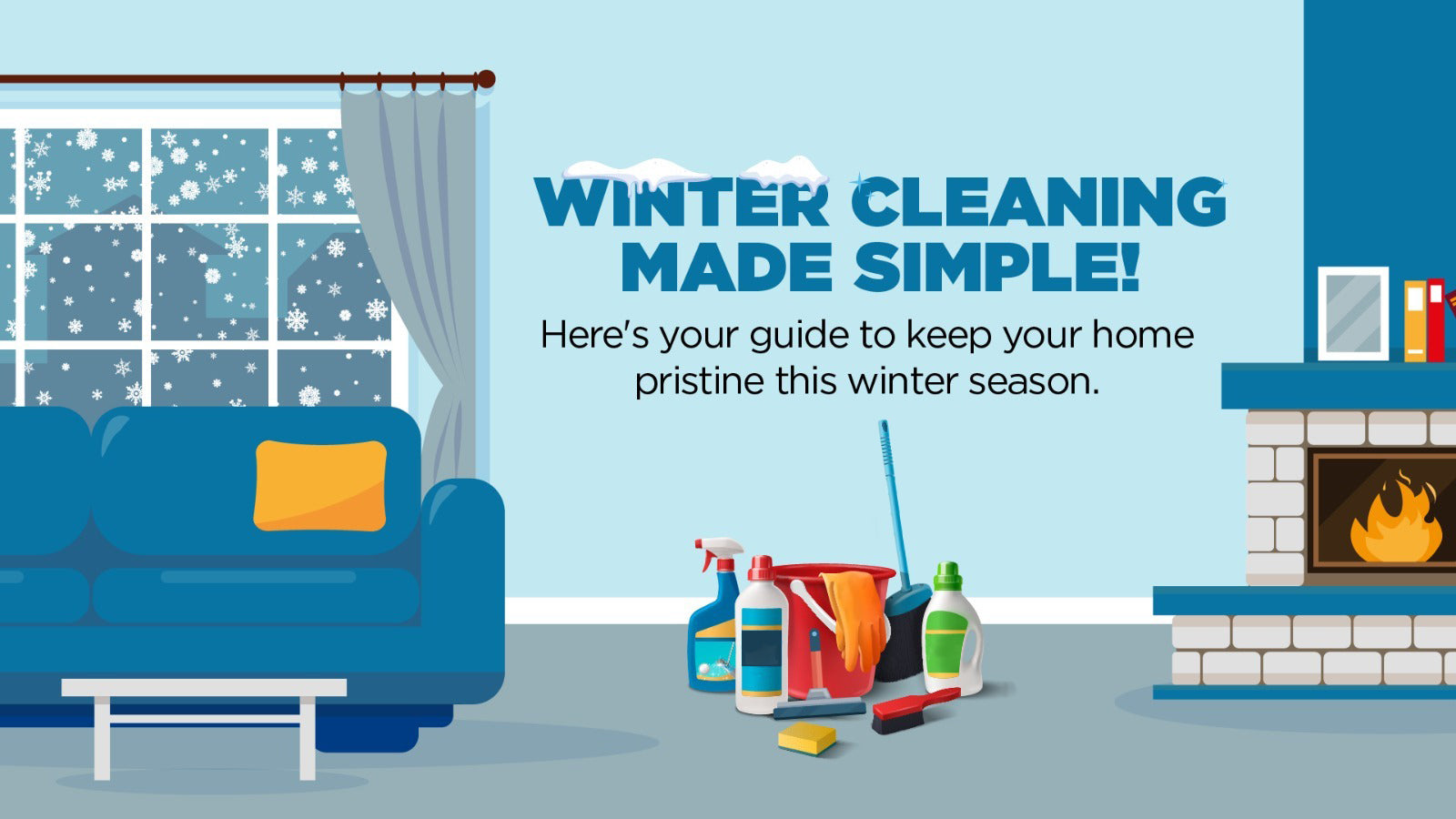
Keeping The Fuel Transport Industry Safe With Microfiber Products & Spill Kits
The fuel transportation operations sector primarily engages in the exploration, use, and transportation of hazardous materials. In such a complex business, risk management and oil and gas safety compliance are crucial.
Sadly, disruptions and failures in the oil and gas supply chain have catastrophic impacts that frequently lead to numerous injuries and fatalities in addition to environmental calamities.
Ensuring fuel transport safety during gasoline transportation is of utmost importance. Unfortunately, this aspect is sometimes overlooked, leading to potential risks. Businesses must not underestimate the significance of implementing safety precautions when handling and transporting crude oil and gas.
Regularly evaluating operational practices to ensure compliance with safety regulations is imperative. Petrol and diesel, which are derived from petroleum—a combination of crude oil and natural gas—are categorized as "hydrocarbon fuels" due to their composition of hydrogen and carbon.
These fuels pose inherent hazards, given their flammable and combustible nature as organic molecules.
Regardless of the type of fuel utilized in various industries, it falls under the classification of Class 3 Flammable and Combustible Liquids for storage purposes. This common characteristic unifies all petroleum-based fuels.
Consequently, prioritizing fuel spill cleanup holds paramount importance for industries striving to maintain safety standards.
Hazards Of Fuel Spills
1. Ignition
Petrol can ignite or explode at relatively low temperatures (below 60 °C) since it has a lower flash point than most diesel fuels. Petrol is therefore regarded as a flammable liquid.
On the other hand, a lot of diesel variants have a higher flash point. Because of this, they are classified as flammable liquids, which require slightly warmer surroundings to produce sufficient hazardous vapors that can catch fire when exposed to an ignition source at work.
Even though they might not be as volatile as flammable liquids, combustible liquids must be handled and kept carefully to avoid the risk of ignition even during the clean-up procedure following a spill.
2. Harm To Human Life
The physical and chemical properties of petrol further complicate the containment and handling of spills. There are several health dangers for workers who are exposed to gasoline and its accompanying vapors. If fuel splashes onto staff members' skin or into their eyes, they could suffer from skin irritations or eye damage.
Additionally, toxic vapors released by fuel must not be inhaled by workers. Inhalation can result in nausea, headaches, breathing problems, and a possibility of asphyxiation.
3. Damage To The Environment
The inadvertent fuel leak must be handled in a way that doesn't pollute the environment. Spill containment strategies that successfully stop a leak or spill from spreading across the office and disallow the substance from entering the ground, water, drains, or sewers are required for all organizations.
How Do Spill Kits Help?
The primary purpose of a spill kit is Spill containment and Fuel spill prevention. Both the atmosphere and the security of your personnel are your responsibility. Understanding the kind of hazardous medications you are handling is essential.
After that, you can properly select a spill kit. Maintain the spill kit nearby for speedy deployment. You can easily get inexpensive spill kits in the market or shop for spill kits online.
Use Of Spill Kits
A spill kit should be kept close to chemical storage places, fuel storage tanks, and vehicles carrying hazardous products, as well as other locations where accidents are likely to happen.
If there is a spill, it should be cleaned up and contained using the proper spill kit, adhering to all applicable health and safety regulations as well as the manufacturer's recommendations.
To contain and clean up spills of dangerous substances such as chemicals, fuels, oils, and biological materials, spill kits are utilized along with providing Emergency spill response. Spill kits are frequently used for the reasons listed below:
1. Commercial Environments
Spill kits are used to clean up spills that may happen during the transfer, storage, and usage of chemicals in factories, refineries, and chemical plants and increase the Oil spill response.
2. Transportation
Spill kits are intended to clean up spills that could happen while transporting hazardous commodities.
3. Marine Operations
Spill kits are used to clean up fuel and oil spills that may happen in the marine environment in ports, harbors, and elsewhere.
4. Emergency Response
Spill Kits are used to contain and clean up hazardous substance spills in emergency response scenarios.
5. Environmental Protection
Spill kits are used to stop environmental harm and limit the spread of spills. Contaminated soil remediation is also very important to avoid hazardous impacts on the environment.
6. Workplace Health And Safety
To ensure the health and safety of any workers who might be involved in the cleanup procedure, spill kits are employed.
How Do Microfibre Products Help?
Microfiber cloths and mops work well for clearing surfaces of organic matter (dirt, oils, and grease) and bacteria.
The two obvious components that give microfiber its cleaning power are more surface area and a positive charge on the fibers.
According to tests, the material is quite good at eliminating different organic pollutants from a water/oil mixture.
It is also possible to make it very simple to expel the accumulated oil using a centrifuge by simply spinning it. Reusability is another important consideration; effectiveness is unaffected even after 100 cycles of cleanup and release.
Type Of Microfibre Products
1. Microfibre Cloth
Microfiber is a synthetic fiber that is finer than one denier or decitex/thread and has a diameter of fewer than ten micrometers. A range of materials, including polyesters, polyamides, and mixtures of polyester, polyamide, and polypropylene, can be used to create the most common types of microfibers.
2. Oil Cleansing Pads
These oil cleaning pads are ideal for applications requiring quick liquid absorption, as they are constructed from a single layer of high-quality, uniform polypropylene fibers. The fibers are acoustically bonded to enhance strength and minimize linting. A range of industrial clean-up and spill control scenarios can be accommodated with the available options of light, medium, and heavy pad weights. The pads are perforated for effortless and precise use. According to tests, the material exhibits exceptional efficacy in eliminating various organic pollutants from water/oil mixtures.
3. Microfibre Cloth Bags
These microfiber towels are used as old and worn-out material. There are numerous possibilities for cloth size and color. These work wonders for removing or restoring fuel spills. These materials can be frequently cleaned and utilized.
Conclusion
There are multiple potential threats associated with spills of diesel and other petroleum-based products. Hence, they should be transported with utmost care and precision.
To counter unforeseen spills and ensure the highest possible standard of fuel transport safety—preventing accidents, leaks, and other unanticipated circumstances—it is crucial to have Fuel Spill Kits readily available.
Keeping a Fuel Spill Cleanup process on track requires providing spill response training, as well as the proper fuel spill kits and microfiber products.
Here’s a list of top Fuel Spill Kits that you should make a note of and have handy all the time if you’re working with the fuel transportation industry.



